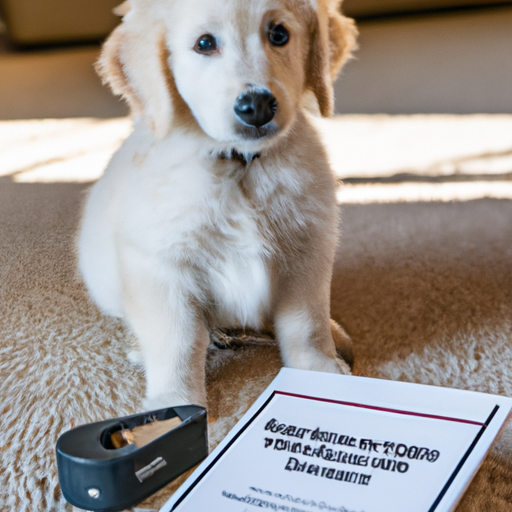“`markdown
Learning How to Train Dogs
As a caregiver, you have the innate ability to nurture and guide. This characteristic is not only beneficial for humans, but also for our four-legged friends. Training dogs, like caring for people, requires patience, time, and understanding. Below are some key points to keep in mind when embarking on this journey.
Why Train Your Dog
Training your dog is not just about teaching them tricks. It’s about communication, understanding and building a bond with your beloved pet. Training promotes the mental health of dogs. It helps them understand their place in your world and can even save their lives in certain situations.
- Safety: A trained dog can respond to commands, which can be particularly useful in potentially dangerous situations.
- Mental stimulation: Dogs, especially puppies, have a lot of energy. Training keeps them mentally and physically stimulated.
- Bonding: Training is an excellent method for strengthening your bond with your pet.
How to Start Training
You don’t need to be an expert to start training your dog. With a little patience, a bag of treats, and the following steps, you’re good to go.
- Start with basic commands: “Sit”, “Stay”, “Come”, are some of the easiest commands to start with.
- Use positive reinforcement: Always reward your dog for correctly executing a command.
- Be consistent: Use the same words and tone for each command.
Understanding Your Dog’s Behaviour
Understanding your dog’s behaviour is a crucial part of training. It is the way they communicate with you.
- Tail wagging: This could mean they are happy or anxious.
- Barking: Could be an indication of boredom or a need for attention.
- Panting: Dogs pant when they’re hot, excited, or anxious.
Training Supplies You’ll Need
Training your dog will require some basic supplies. Here’s a short list.
- Treats
- Clicker
- Leash
- Toys
| Training Supply | Use |
|---|---|
| Treats | Reward for positive behavior |
| Clicker | For clicker training |
| Leash | For leash training |
| Toys | For play and reward |
Overcoming Training Challenges
Training can be challenging, but remember, patience is key. Here are some common challenges and how to overcome them.
- Your dog isn’t responding to commands: This could be due to distractions or lack of motivation. Try moving to a quieter location or switching up the treats.
- Your dog is scared of new people or environments: Gradually expose your dog to new people and environments. Reward them for calm behavior.
FAQ
Q: What age should I start training my dog?
A: As soon as possible! Puppies can start learning commands as young as eight weeks old.
Q: My dog is older, is it still possible to train them?
A: Absolutely. Dogs of all ages can learn new commands and tricks.
Q: How long should training sessions be?
A: Start with short sessions of around five minutes and gradually increase as your dog becomes more comfortable with training.
Q: What if my dog doesn’t respond to treats?
A: Find something else that motivates your dog. It could be a favorite toy or lots of praise and petting.
“`



